What is it?
Known as one of Malaysia’s most iconic national dishes (or Indonesia’s depending on who you ask but let’s not go there), rendang is, despite the beliefs of ‘some’ foreign chefs, a soft and tender meal. The dish typically comes in the form of a thick or dry stew and is primarily made up of either chicken, beef or lamb (a slightly more exotic variation uses duck).
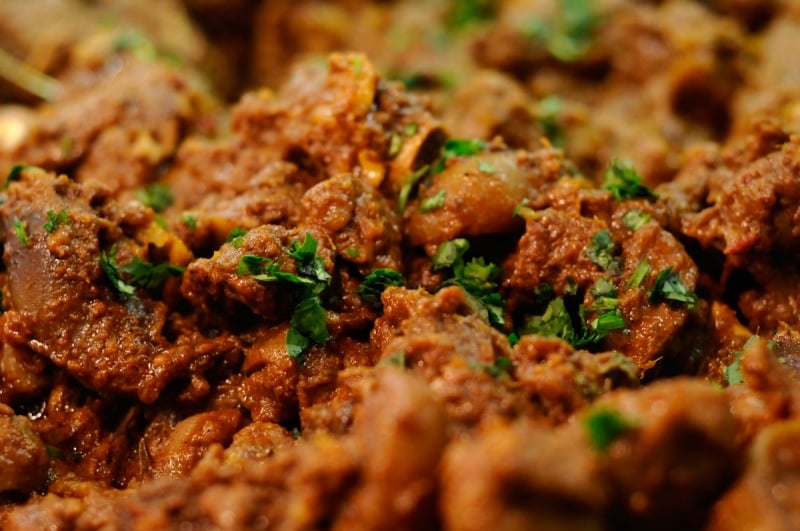
Image credit: Percy G. Jones
Although rendang can be found in many shapes and sizes with styles that reflect the unique flavours of the different parts of Malaysia, it is generally hot and spicy and embodied with hues of red. Consistently defying definition, this thoroughly local delicacy comes in a wide spectrum of tastes, colours and textures just begging to be explored and experimented with in new and creative ways.
Rendang is more than a culinary treat. It is a point of unity between people of different cultures and nations. Its inception is a story that derives itself from the contributions of an entire region. Local food historians will state that rendang originated in Padang, Sumatra in Indonesia (remember we were all part of the same empire at one point) and was born out of function.
Back when state-of-the-art refrigeration was not yet a thing, a slow-cooking or braising process in a complex blend of spices as well as coconut milk helped to tenderize tough cuts of meat and poultry. Concurrently, these spices acted as natural preservatives, prolonging the shelf life of consumables which would then result in an absolutely delectable dry, spiced meat dish.
Eventually, the immigration of people from Indonesia some 500 to 600 years ago led to the crossover of culture (and food). It was then that rendang caught fire throughout the Malay Peninsular, bringing about a celebrated traditional delicacy that is very much a part of humanity’s heritage. Today, rendang has embedded itself into the hearts, minds and taste buds of generations of people across Southeast Asia. This local sensation in all its glorious sweat-inducing variations and improvisations has also won the hearts of our foreign counterparts.
People from all walks of life and from all around the world continue to relish in this mouthwatering Southeast Asian signature and find rendang to be one of the best things to come out of the continent since nasi lemak (with which rending is often served).
What’s in it?
The essence of rendang lies in its flavour, commonly served as a stew or “Kuah” as locals call it in Malay. The beef, lamb or chicken meat that sits at the centre of the dish absorbs the flavour of the rendang concoction, delivering a unique, spicy tang most commonly associated with Southeast Asian ingredients.
A very specific set of spices is required for the preparation of top-notch rendang. This includes chilli paste, coconut milk, onions, galangal and lemongrass. Additional ingredients may be added to its underlying foundation and shrimp, cockles, fish and tapioca shoots can also be layered on top or mixed in at the base.
What makes the process so special though, is that rendang must be cooked for several hours in order to allow the flavours from all of the spices to get properly immersed in the meat.
Those that specialize in rendang will tell you that it’s a complex dish to prepare. The delicate balance between creamy, nutty and caramelized flavours brought about by a light dose of sugar and a good helping of onions is an art to achieve.
From mixing distinct spices to determining specific traits like taste and colour, a well-done plate of rendang requires experience, diligence and skill.
Where can I find it?
So now that your collective mouths have been set a’ watering, here are a couple of hidden and not so hidden gems in Malaysia that are known to cook up a storm with their outstanding (and unfortunately non-crispy) rendang dishes. Bon appétit!
1. Opium KL
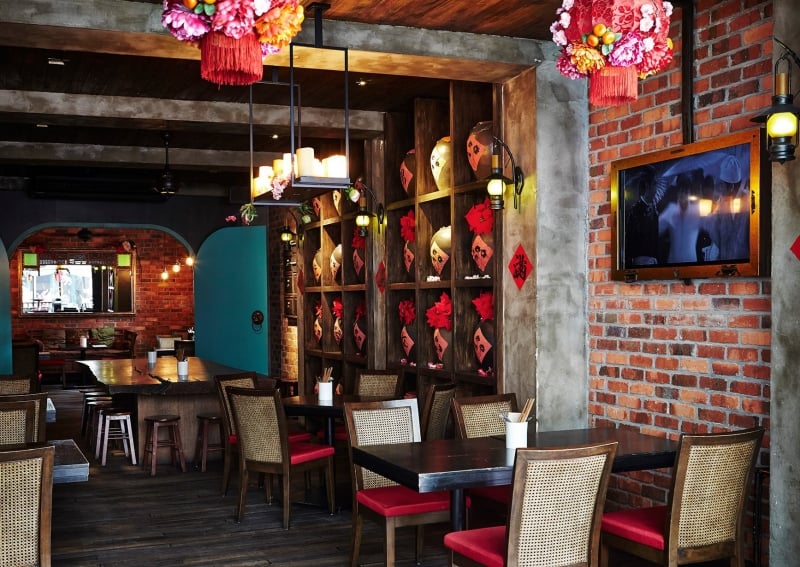
Image credit: Opium KL
Opium KL was established on 12 July 2014 and is a unique outlet that focuses primarily on delivering Asian, Oriental delights with a twist; including Phoenix Dumplings, Beef Brisket & Tendon Stew, Fern Leaf Salad and Crispy Duck Noodles, just to name a few.
The rendang dish here features an interesting twist. Prepared with Wagyu Beef in a black pot and a plate of white rice, the texture is thicker than most other rendang dishes while managing to remain just as creamy and delectable. The chefs at Opium KL have outdone themselves in paying homage to and capturing its essence.
The restaurant’s theme is inspired by the interesting history of Opium in the east, packed with artifacts like opium beds and pipes, enormous Chinese wine pots and a 1930s style communal area.
2. Old China Café, KL
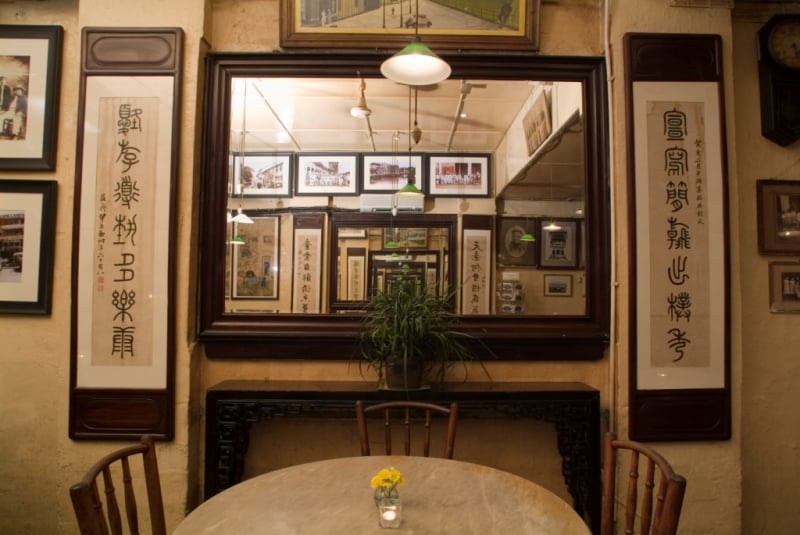
Image credit: Old China Café
Housed in the Guildhall of a defunct laundrymen’s association, the Old China Café can be found just around the corner from Petaling Street and is home to one of KL’s most legendary rendang dishes to date. You’ll have to resist the temptation to sidestep into the stalls at the marketplace to get to this little café but it’ll be worth it.
The café is decked out in the glorious adornments of yesteryear. Furnished with the remnants of original old world charm, it exudes the enchantment of history and cultural opulence. The famous beef rendang here does not disappoint, served with coconut rice and a beverage of your choice. Many customers have admitted that once they try the Old China Café’s rendang, there’s no other restaurant that can match it.
3. Madam Kwan’s, KL
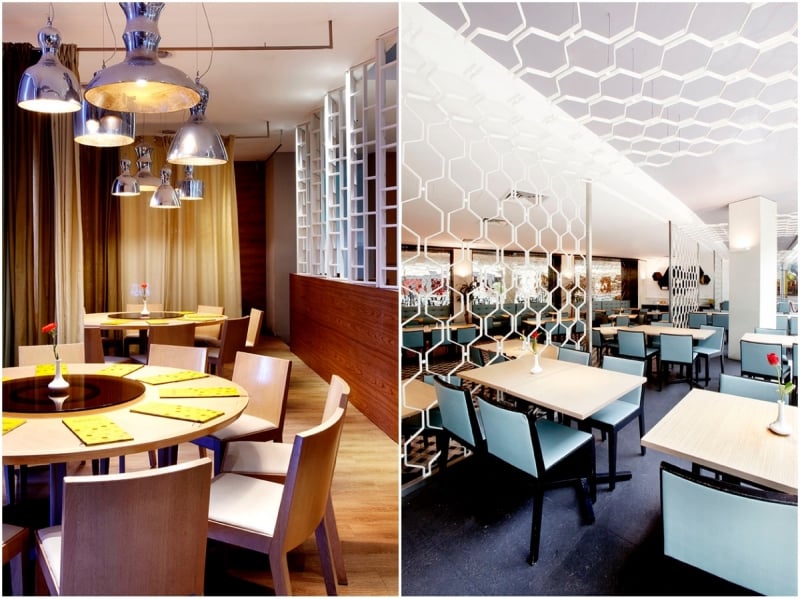
Image credit: Madam Kwan’s
By now, the Madam Kwan’s brand has become a well-known name among lovers of Malaysian cuisine.
One of the franchise’s key attractions is its overwhelming variety. Ranging from Nyonya style delicacies to western favourites and Asian specialities, their beef rendang is just as delicious as the other stuff on the menu.
Bright red, with an extra nutty texture and a slightly more stew-like presentation, the rendang here is usually served on a plate of steaming hot white rice, cucumbers, half a boiled egg and other interesting side additions that emphasize the taste of the red, spicy beef.
4. Pia’s the Padi, Langkawi
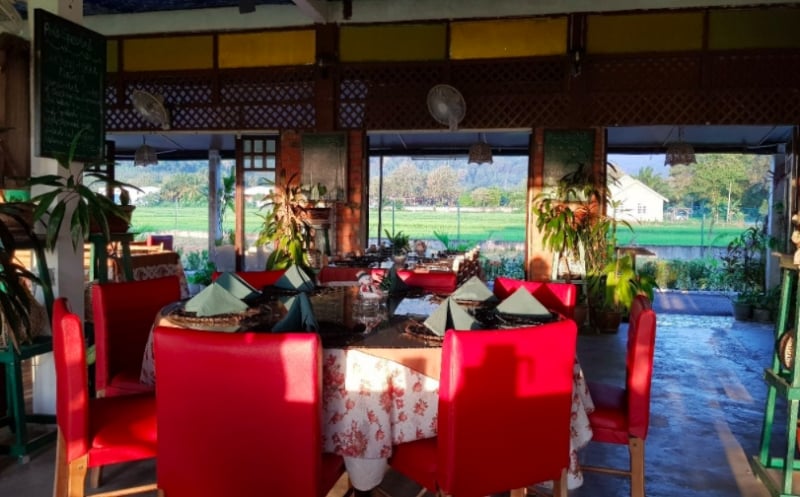
Image credit: Buvik
Away from the hustle and bustle of Kuala Lumpur’s streets, you’ll find rendang in its many vibrant interpretations. Take Langkawi for example, home to a little eatery known as Pia’s the Padi.
How does having a perfect meal by a padi field in the presence of serene natural beauty sound? If you were to ask many customers, they’d say it sounds and feels and smells like utter bliss. It also tastes like utter bliss because here, you’ll find a wonderful culinary treat for the senses – namely the old, traditional style of cooking that has been preserved in this restaurant.
With a generous helping of white rice, the rendang here is much soupier than that of the KL variety. An ensemble of veggies like onions, tomatoes and greens are included in the mix and create a lovely, stand-out taste with a burst of texture and flavour.
5. Aunty Aini’s Garden Café, Negeri Sembilan
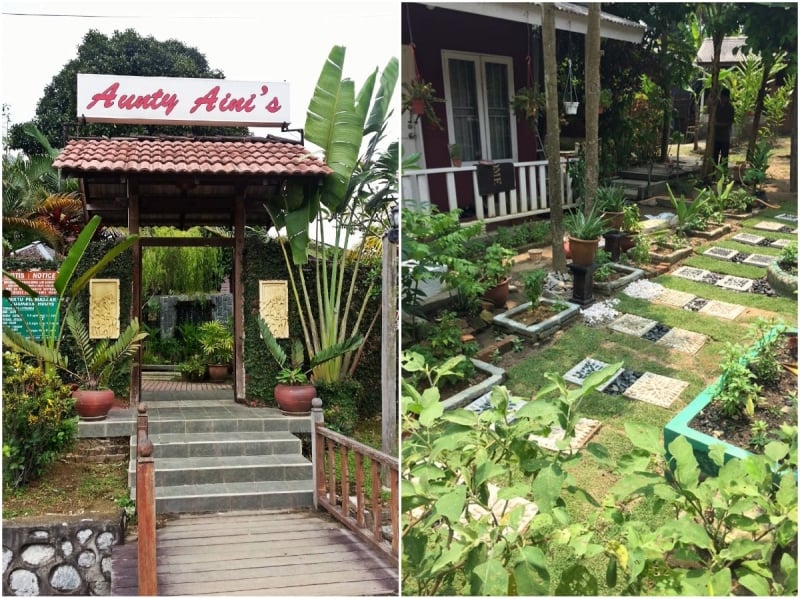
Image credit: Aunty Aini’s Garden Cafe
You may or may not have seen Gordon Ramsay get grilled by a feisty lady teaching him the ins and outs of cooking rendang (yes, it actually happened). Well, that feisty lady is no other than Aunty Aini, owner of Aunty Aini’s Garden Café in Nilai, Negeri Sembilan. Even before she began her public schooling of celebrity chefs, Aunty Aini was killing it with her rendang and Masak Lemak Cili Api.
Tender, spicy and with a texture that’s as close to perfection as you can get with this dish, Aunty Aini’s rendang will have you yearning for a second helping. For those of you who do not know, well-known food expert Anthony Bourdain has also visited Aunty Aini’s Garden Café. Talk about a happening spot!
6. Ivy’s Nyonya Cuisine, Penang Island
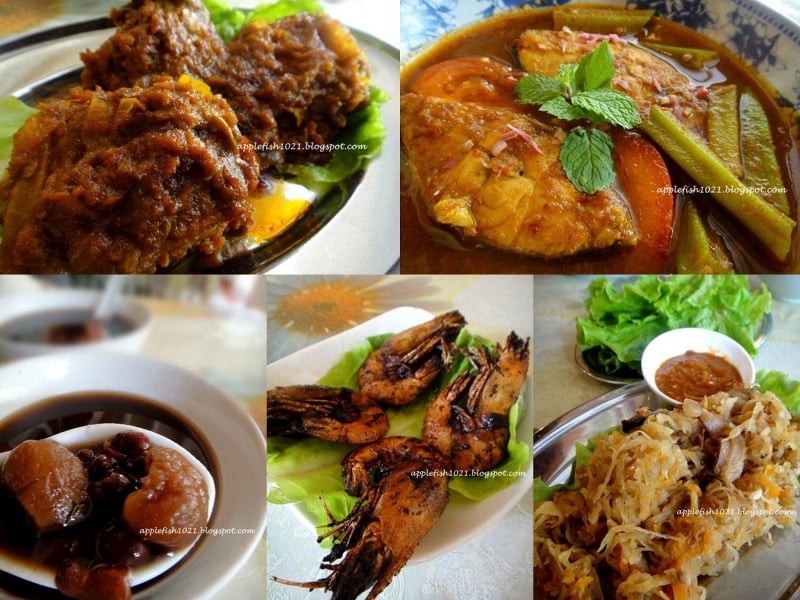
Image credit: Ivy’s Nyonya Cuisine
Hidden in the depths of Penang Island, you will find a quaint little eatery with only a handful of tables and chairs. Looks can, however, be deceiving as Ivy’s Nyonya Cuisine packs a colossal punch chock full of delicious delights.
The beef rendang here is known to be one of the more popular selections on the menu and many customers will gladly recommend it. It is thick, rich, dark and flavourful, with an assortment of side dishes that go along splendidly.
7. Songket Restaurant, KL
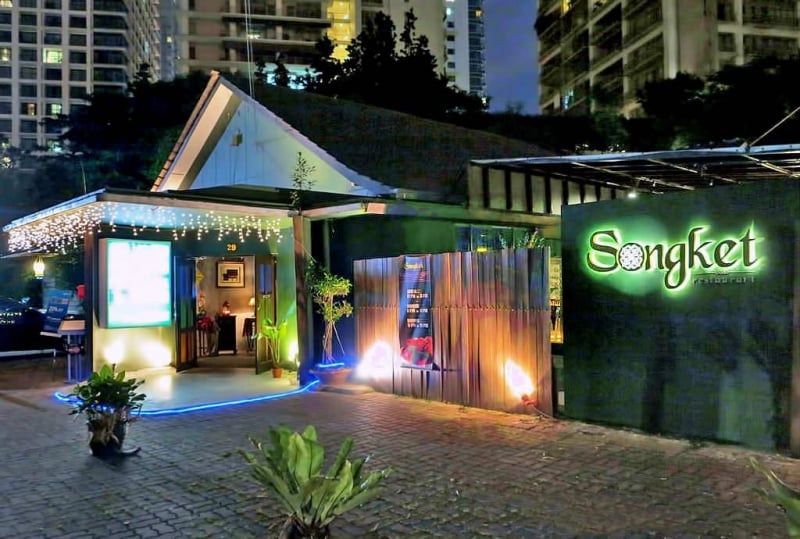
Image credit: Songket Restaurant
Back in KL, the Songket Restaurant has garnered a reputation for being a lively and vibrant hotspot. Aside from the warm and elegant setting, complete with live Malaysian cultural dances and performances, Songket Restaurant is also known to conjure up a mean assortment of savoury Malay cuisine inspired by tradition.
Sprinkled with thin strips of greens, the chunks of beef rendang almost resemble the meatballs found in Ikea and yet, there’s just something about how the thick pieces of meat are placed exquisitely on top of each other. A must try!
8. Cactus Restaurant, Langkawi
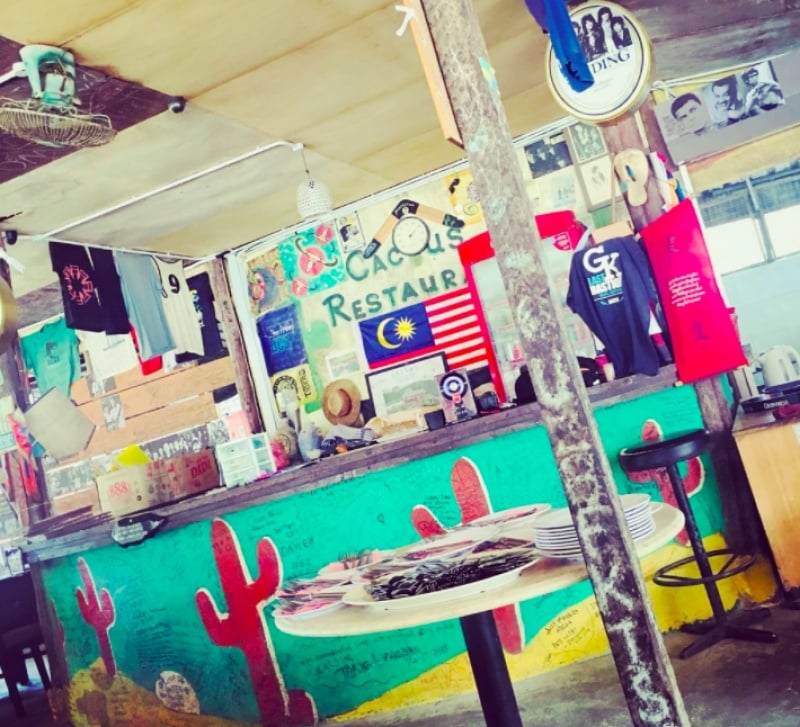
Image credit: Eric W
If you’re the kind of person that appreciates authenticity and raw, unadulterated culture then Cactus Restaurant is the place for you. With a rustic, open layout, this eatery has a huge variety of food on the menu and their rendang is a true blue representation of what traditional delicacies should taste like.




